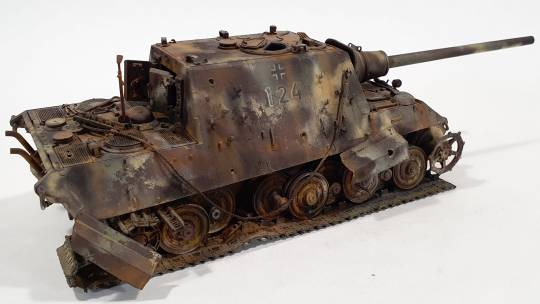#Jagdtiger
Text

Schwere Panzerjäger-Abteilung 512 Jagdtiger pushed off the road after being claimed destroyed by the US 750th Tank Battalion in Offensen, April 1945
90 notes
·
View notes
Text

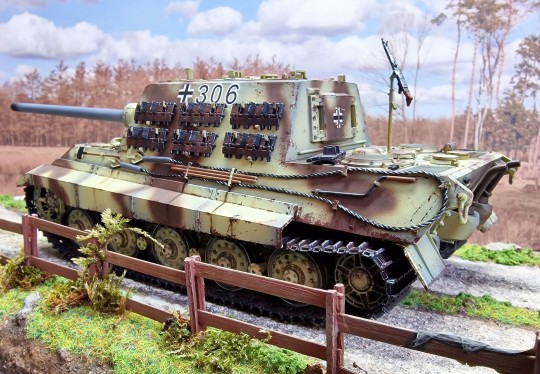




Nr.284, The Jagdtiger tankhunter or sd.kfz 186.
The 72-tonne Jagdtiger was the heaviest armored fighting vehicle (AFV) used operationally by any nation in WWII and the heaviest combat vehicle of any type to be produced during the conflict.
it was armed with a 12.8 cm Pak 44 L/55 main gun which could out-range and defeat any AFV fielded by the Allied forces.
This is my second Jagdtiger which is kind of suprising since I made more then 183 models but this one comes along when it needs to....
39 notes
·
View notes
Text
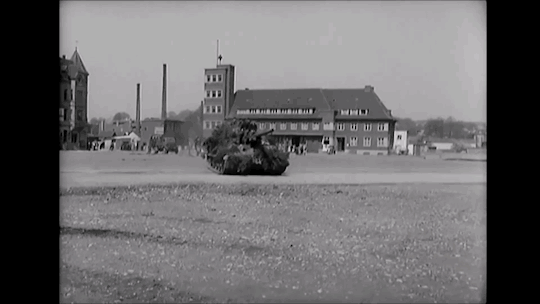
Un Jagdtiger du 512th Heavy Panzerjäger Battalion rejoint ses camarades alors que l'unité se rend à la 99e Division d'infanterie américaine à Iserlohn - Allemagne - 16 avril 1945
#WWII#campagne d'allemagne#armée allemande#german army#wehrmacht#heer#512th heavy panzerjäger battalion#char#tanks#chasseur de chars#tank destroyer#chasseur de chars lourd#heavy tank destroyer#jagdpanzer VI#jagdtiger#iserlohn#allemagne#germany#16/04/1945#04/1945#1945
15 notes
·
View notes
Photo

bonus tracks
1944 West Jagdtiger s Pz Jg Abt 653 - Ron Volstad
repost better colors and bigger size
29 notes
·
View notes
Note
How often does a tank need maintenance? Are they built to last in the worst conditions, or do they require specific materials to be kept in good state?
It honestly varies. With modern tanks, they're designed to be reliable for long periods of time, but when they require maintenance it's often more of a job for specially trained engineers. With tanks of the WW2 era, they tended to vary much more. Early war tanks like the Panzer III and IV, as well as the 38(t), tended to be very reliable with few problems (although the 38(t) did tend to have a habit of throwing its tracks, but this was relatively easy to repair). These tanks were designed for the long, continuous advance that the German Blitzkrieg tactics demanded, so as such they were made so they could be repaired with minimal tools and training. The M4 Sherman and T-34 also followed this, being reliable and easy to repair. German tanks of the late war such as the Tiger, Tiger II, and Panther all tended to be much more unreliable due to the heavy armour and large weapons straining the engine and suspension. While they could still be repaired, their unreliability hindered their range, rendering the Blitzkrieg tactics that were so effective in the early stages of the war to be completely unusable.
There's also tank destroyers to look at. Whilst the StuGIII and JagdPanzer IV were both casemates on the Panzer III and Panzer IV hulls respectively, and therefore had their good performance and reliability, the Jagdpanzer 38(t), also known as the Hetzer, had an offset gun. This lead to one side of the suspension being put under more stress than the other, which caused performance loss on that side. While the issues weren't as severe as they were on the Jagdtigers and Jagdpanther, they were still there, which caused the Hetzer to have to be repaired more often than usual.
During the late war, the allies also experimented with newer designs, resulting in tanks like the M26 Pershing and IS-3. These were the allied equivalents of the Tiger, having heavier armour and bigger guns than the medium tanks like the M4 Sherman and T-34 that made up the bulk of allied armour. As such, they also suffered from reliability issues, however these issues for the most part weren't as severe as those that afflicted the Wehrmacht armour, due to the allies having access to far more resources with which to construct their weapons.
4 notes
·
View notes
Video
youtube
Jagdtiger, WZ-113G FT & FV4005 • WoT Blitz Gameplay
0 notes
Text
Unstoppable Jagdtiger- 10 Tank Takedowns & Triumph! - New Wot Replays
Please Click To Watch All My Videos And Subscribe To My Channel;
https://youtu.be/zoDVwt4qQlU?si=UzcTo3fUXY5A20PL
#youtube#world of tanks#wot replays#world of tank#world of tanks blitz#world of tanks gameplay#world of tanks replays#wot best replays#wot console#wot gameplay
0 notes
Text

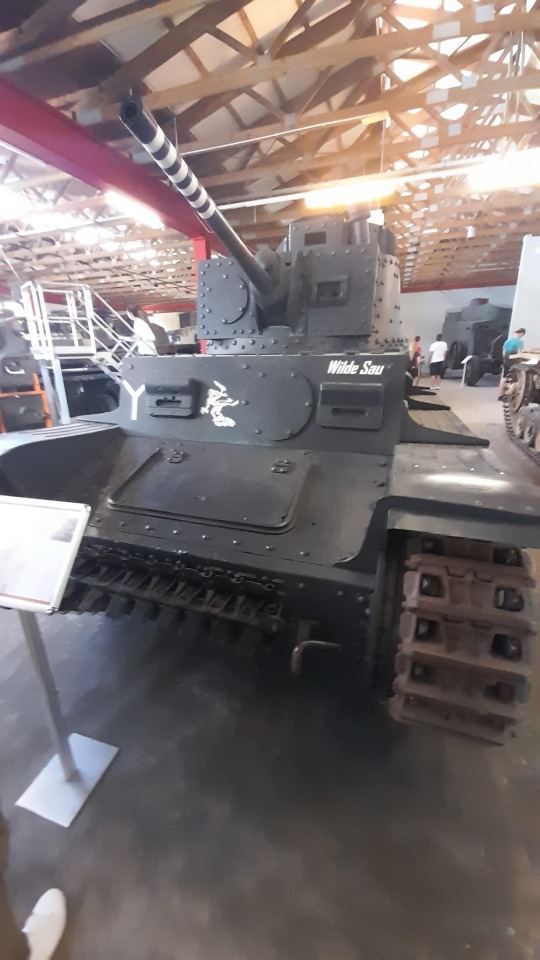

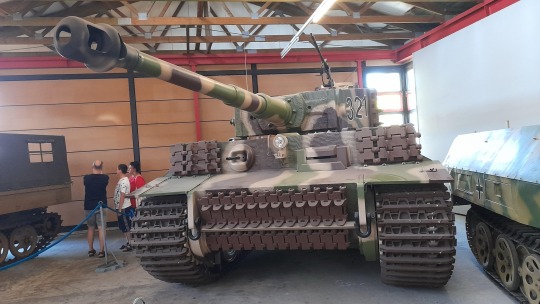
WWII German armor at the Deutches Panzermuseum, Munster.
22 notes
·
View notes
Link
Check out this listing I just added to my Poshmark closet: Dragon JagdTiger Sd.Kfz.186 Henschel Production Type model kit.
0 notes
Photo
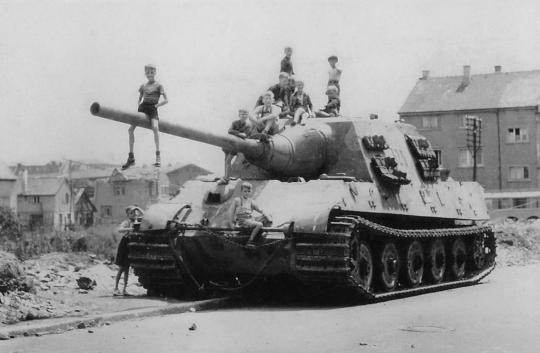
Chasseur de chars Jagdpanzer VI Jagdtiger de la 3e Compagnie du 653e Bataillon de chasseurs de chars lourds abandonné dans Neustadt an der Weinstraße – Allemagne – Mars 1945
#WWII#Campagne d'Allemagne#Germany campaign#Armée allemande#German Army#Wehrmacht#Heer#653e Bataillon de chasseurs de chars lourds Ger#653rd Heavy Panzerjäger Battalion#Blindés#Char#Tanks#Chasseur de chars#Tank destroyer#Jagdpanzer VI Jagdtiger#Jagdpanzer VI#Jagdtiger#Enfants#Enfants de la guerre#Neustadt an der Weinstraße#Allemagne#Germany#03/1945#1945
12 notes
·
View notes
Photo
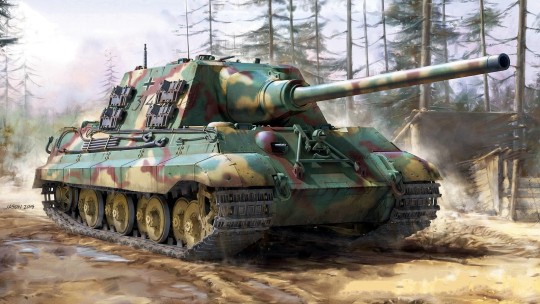
bonus tracks
1945 03 14 Alsacia, Marsbronn, Jagdtiger Schwere Pz Jg Abteilung 653 - Takom
24 notes
·
View notes
Text
Почему у немецких танков кошачьи имена?
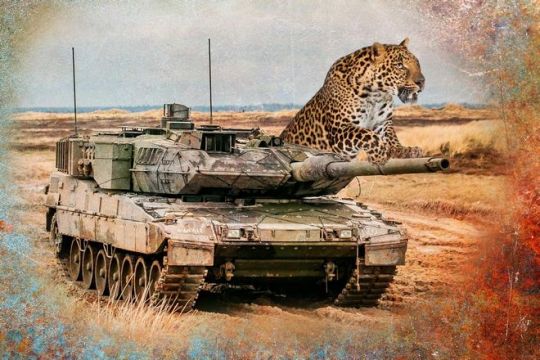
Быстрый, маневренный и мощный. Когда Фердинанд Порше разработал новый танк для немецкой армии в 1941 году, он назвал его в честь одного из самых страшных хищников. Скоро у всех немецких танков будут кошачьи имена.
Многие танки на протяжении многих лет получали названия от кошек. Но именно австрийский автомобильный дизайнер Фердинанд Порше в 1941 году положил начало этой тенденции при разработке нового танка для немецкой армии.
Он дал ему название Tiger, которое звучало лучше, чем официальный Panzerkampfwagen VI Ausführung H.
Цель названия, по–видимому, состояла в том, чтобы показать, что "Тигр" был значительно быстрее, маневреннее и мощнее, чем предыдущие немецкие танки. Качества, которые отличают такого грозного хищника, как "тигр".
Западная Германия продолжила эту традицию
Немецкий пропагандистский аппарат быстро разглядел потенциал этого мощного названия. Благодаря которому немецкие танки выглядели непобедимыми хищниками на поле боя. Это название использовалось для усиления поддержки войны среди немцев. Но, в частности, в качестве психологической войны с целью запугивания врага.
Вскоре другие бронированные машины также были названы в честь диких кошек. Таких как Пантеры, Львы и Пумы. В то же время лафеты противотанковых орудий, которые должны были подбивать вражеские танки, получили такие названия, как Jagdtiger и Jagdpanther.
Даже американцы начали использовать имена животных. Когда в 1943 году автопроизводитель Buick дал своему лафету противотанковой пушки название M18 Hellcat из-за его скорости.
После Второй мировой войны эта традиция была передана Западной Германии. Страна начала разработку нового танка в 1950-х годах. И после продолжительных обсуждений избранные представители страны решили назвать танк Leopard.
Несмотря на критические голоса, указывающие на то, что название вызывает воспоминания о нацистской пропаганде. Вместо этого альтернатива - "Дикий кабан" - была передана новому тральщику.
Read the full article
0 notes
Text
Read a soldier's account of war and fear is an ever present. Be it Peter White's With The Jocks, where his almost every move is preceded by the fear of the unknown German, and where an unnamed Scottish infantryman compares the night before an attack to that of a condemned man - the difference being that a condemned man lives the experience but once. Or in George MacDonald Fraser's Quartered Safe Out Here where the author describes standing alone in front of three bunkers, his sweat turning to ice.
These are obvious examples of fear in war, but it manifests in different ways. One is obsession with the enemy's equipment. In With The Jocks, every German artillery piece, every shell, is automatically referred to as an '88' after the famous anti-aircraft gun that the Germans also used as an anti-tank gun. It had been used to devastating effect against British tanks in the deserts of North Africa and entered into the obsessions and fears of the British. And so, White calls everything an 88, no matter that they had been far less effective in Normandy than Libya.
Or there's the famous Tiger tank. Every German tank was a Tiger to the men on the other side. It's gun could destroy the Allied tanks it opposed at 3 or 4 times the distance the guns of Allied tanks could penetrate it's armour. It didn't matter that in Normandy in 1944 there were never more than 80 or 90 Tigers in service at any given moment, or that tank-versus-tank combat accounted for approximately 6% of the shells fired by British tanks. The fear of being trapped in a burning tank, at the mercy of a big cat was there. And it has remained ever since.
Wars are won by stuff. Having more guns and tanks and planes, in the right place, and keeping them supplied and operational. If you want to go really wild, you can say that there were no decisive battles in the Second World War - that is to say no engagements that fundamentally changed the outcome. It's why there's a famous maxim that amateurs study tactics, professionals study logistics. It's why Eisenhower listed the Jeep and the Dakota in his list of things that won the war.
To digress, this has been in evidence for nearly a year in Ukraine, where an ostensibly much more powerful Russian military has struggled to keep it's forces supplied and reinforced in the face of a smartly organised and led Ukrainian defence. For politicians in general, and autocrats in particular, military spending is best used on big, prestige projects like aircraft carriers, or tanks, or fighter jets. Not much in the way of cool photo ops to be had beside cargo planes, no matter how essential they are.
The Allies understood. Their tanks were reliable, easily fixed and maintained. They were transportable. Sherman tanks, made in Michigan had to be moved by rail, loaded into ships and moved thousands of miles. They could drive over a Bailey Bridge (secretly one of the greatest innovations and solutions of the war). In the final months of the war, the US introduced the Pershing and the British the Centurion, the first battle tanks of the Cold War, modern, balanced, powerful tanks, but with earlier designs the Allies prioritised the logistical, operational aspects of their tank designs at the expense of protection and weaponry.
The Germans did not make such compromises. The Tiger was a massively inefficient, fuel-hungry beast built by a nation that was chronically short of oil. It was heavy - too heavy for most bridges and roads - and so it had to be transported by rail. Only it was too wide for rolling stock, so the tracks had to be taken off and replaced with narrower ones for travel. The later model Koenigstiger used the same engine, but were tons heavier and thus much, much slower. Many examples of the preposterous Jagdtiger self-propelled gun were destroyed by their own crews after they broke down or ran out of petrol.
A fearsome weapon on the battlefield, but expensive and unreliable off it, the Tiger was a massive headache and there were never enough of them available. Of all it's variants, the Germans made about two thousand vehicles. The Americans made forty thousand Shermans. The Soviets another forty thousand T-34s. The Wehrmacht remained largely horse-drawn in the final year of the war, while Allied forces were fully motorised, long convoys of truck and planes keeping their forces supplied and organised when and where the Germans could not.
But the Tiger lives on in the imagination, because of the fear it generated among Allied soldiers. Because logistics and reliability and big-picture thinking mean fuck all to a man in a tank about to break cover and who knows that if he's in the wrong place at the wrong time, the 88mm shell from a Tiger will kill him long before he gets any opportunity to return fire.
#ww2#wwii#war is fucking awful#however bad you've imagined war to be it is much much worse#the Germans did it too. They feared Allied airpower like nothing else
0 notes
Video
youtube
Jagdtiger, EMIL 1951 & T28 Prototype • WoT Blitz Gameplay
0 notes
